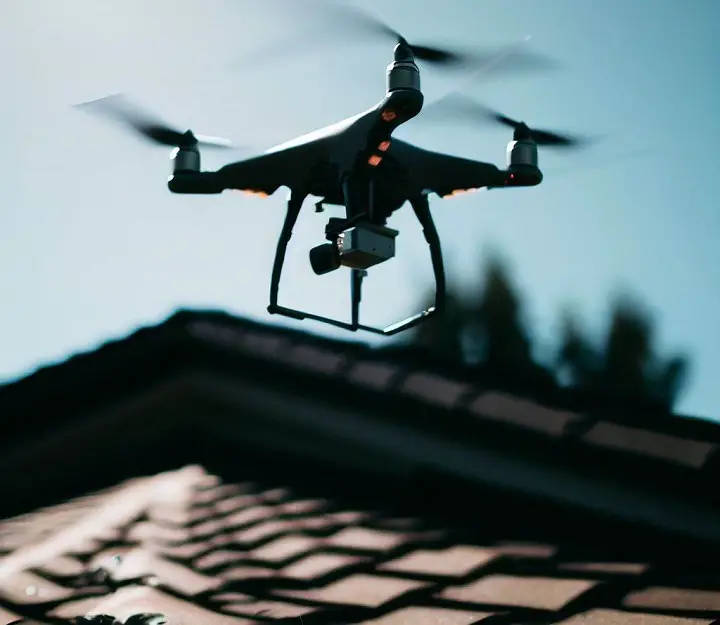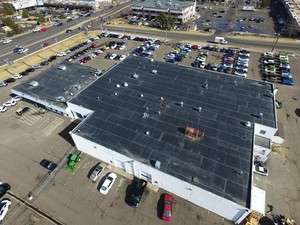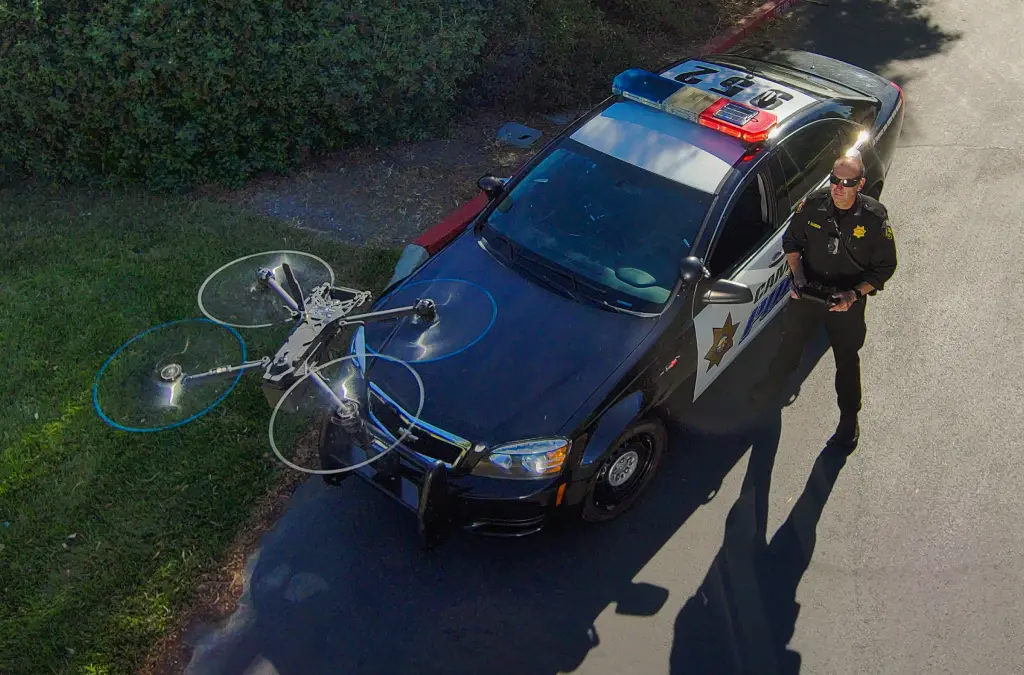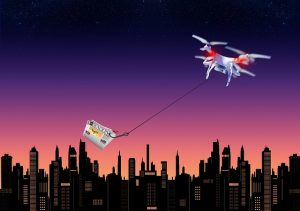
10 Reasons Why You Should Use Drones for Roof Inspections
In recent years, drone roof inspection has become increasingly popular. Drones provide a bird’s eye view that can capture details that would otherwise be difficult or dangerous to inspect up close. Here are ten key reasons why using drones is advantageous for roof inspections:
1. Safety
Roof inspections can be dangerous for inspectors who have to climb up on ladders, scaffolding or use ropes. One misstep could lead to serious injury or death. Drones provide a much safer way to get an aerial view of the roof without anyone having to take physical risks. The operator can stay firmly on the ground while controlling the drone by remote. This removes much of the hazard inherent with traditional roof inspection methods.
2. Thorough Inspections
Drones with high resolution cameras allow inspectors to get a very close and detailed look at all areas of the roof. The drone can hover in place and zoom in on any potential problems or anomalies that warrant further investigation. Areas that are difficult to reach or see from the ground can be easily viewed from different angles above the roof for the most comprehensive inspection.
3. Cost Effectiveness
Hiring traditional inspectors to climb up and examine roofs is time-consuming and expensive. The inspector charges for hours of labor plus scaffolding rentals or lift equipment that may be required. Drones can cut the time needed to inspect by more than half, meaning much lower labor costs. There is no need to pay for cumbersome equipment rentals either. The overall savings can be significant over the course of periodic roof inspections.
4. Better Documentation
Drone roof inspections allow for all areas of the roof to be thoroughly photographed and documented in detail. The birds eye view shows accurate measurements for the roof size, panels, vents, chimneys, etc. Any problem areas or damage can be highlighted in reports with close up photographs. This creates a permanent record that can be referred back to when it comes time for repairs or roof replacements.
5. Identify Potential Hazards
Small problems on a roof can turn into big leaks or hazards if left unaddressed. A thorough drone inspection makes it possible to identify potential issues like pooling water, damaged shingles, loose vents or exposed nails. Fixing these minor problems early prevents more expensive repairs later on and avoids injuries or liability from unnoticed hazards. Annual drone roof inspections mitigate risk.
6. Hard to Reach Areas
Many roofs have awkward shapes with peaks, valleys or odd angles that can make close inspections difficult and risky. Drones have no problem swooping in close and capturing all surfaces from angles that may be impossible for a human inspector on the roof. Drones can also access steep pitched or extremely high roofs that cannot be climbed up to safely. The drone???s ease of reaching any area makes for more complete inspections.
7. Frequent Monitoring
Roofs can deteriorate rapidly with exposure to weather events like hail, high winds and storms. Due to the ease and low cost, drone roof inspections can be done as frequently as monthly or quarterly to monitor for any new damage or accelerated wear. Traditional inspections are done annually at best due to the expense. Drone monitoring allows deteriorating roofs to be identified earlier.
8. Beyond Visual Line of Sight
Commercially licensed drone operators are permitted to fly drones beyond visual line of sight (BVLOS). This allows them to thoroughly inspect very large commercial roofs or a network of rooftops over an entire corporate campus or large industrial complex. Going beyond line of sight allows more ground to be covered in less time.
9. 3D Modeling
Some drones utilize photogrammetry software to stitch together hundreds of photos taken during inspection flights. Thiscreates extremely detailed 3D models of the entire roof surface down to each individual shingle or roof panel. Inspectors can closely examine the 3D model to identify and measure any problem areas.
10. Rapid Deployment
Many roof damage occurs suddenly during events like hail storms, heavy rains or high winds. Having a drone roof inspection service on retainer allows rapid deployment after such events. The drone can be sent up quickly to document any new damage or required repairs after storms. This allows prompt insurance claims to be filed and repair work to commence sooner.
Drones continue to open up new possibilities for more efficient, safer and comprehensive roof inspections. The technology improves each year for higher resolution imagery and more advanced features. Drone inspection provides immense value to building owners, facilities managers, insurance adjusters and roof repair contractors. As adoption increases, drones are sure to become a standard practice for periodic inspection and maintenance of roofs.
Frequently Asked Questions About Drone Roof Inspections
How are drones controlled during roof inspections?
Commercial drones have sophisticated GPS guidance systems that allow for precise position holding and semi-autonomous flight. The certified pilot on the ground can focus on controlling the camera gimbal and viewing live video rather than actually flying the drone manually. Pre-programmed flight grids ensure every section of the roof is scanned.
What kind of cameras do drones use for roof inspection?
Drone mounted cameras are typically high resolution 4K or 5K video/still cameras. Some may use thermal imaging to identify areas of moisture intrusion or heat loss. Photogrammetry cameras take hundreds of overlapping photos to stitch together 3D models. Multi-spectral sensors can highlight vegetation and moss growth.
How close can a drone get to the roof?
Skilled drone pilots can safely maneuver inspection drones within 1-2 feet of the roof surface. This allows for very close inspection of individual shingles, flashing, vents and any trouble spots. The drone can zero in on any areas that need closer focus.
How long does a typical drone roof inspection take?
For an average 2,000 sq. ft. residential home, a drone can scan the entire roof top to bottom in 15-20 minutes. Larger commercial roofs may take an hour or two depending on size. The data is recorded for further analysis and 3D modeling after the flight.
Can drone inspections check for leaks?
Not directly. Drones and infrared technology can sometimes identify moisture saturation beneath shingles and roof panels. But only a water test with hoses can confirm actual leaks. Drone inspections are good for overall condition assessment and identifying potential areas for water testing.
Does my roof need to be fully cleared of snow first?
Yes, for best results the roof should be clear of snow buildup. However, drones can sometimes identify problem areas of ice dams, heavy snow or debris buildup that require removal before a closer visual inspection is warranted.
What kind of report do I receive after a drone roof inspection?
A detailed report that highlights any issues found and provides supporting photographs. A 3D model may also be included. Recommendations for any repairs or replacements will be provided along with a summary of the roof’s overall condition. Quote estimates may also be offered.
How often should drone roof inspections be done?
Most experts recommend at least once a year. Roofs with known issues or extreme weather exposure should be inspected more frequently. Some facilities do quarterly inspections to closely monitor deterioration. In snowy climates, inspect once after snow melt for winter damage.






